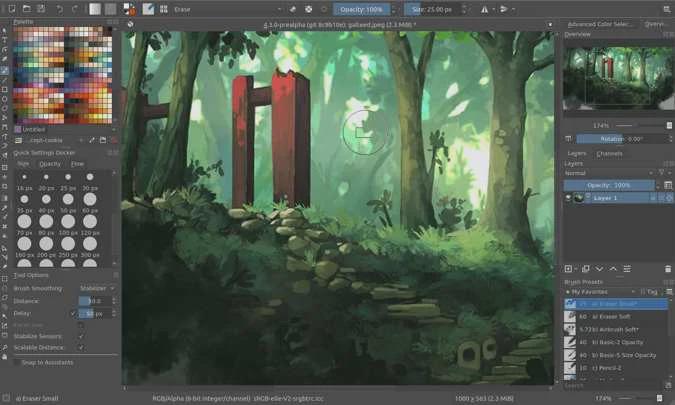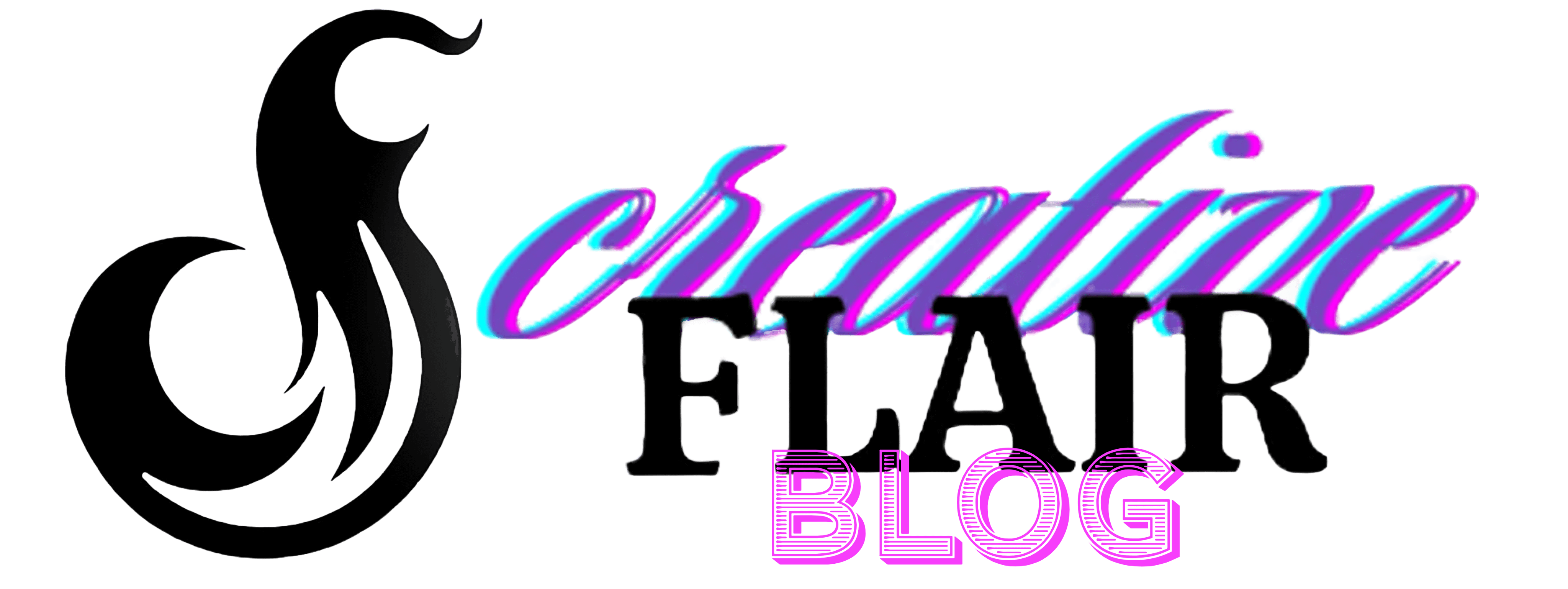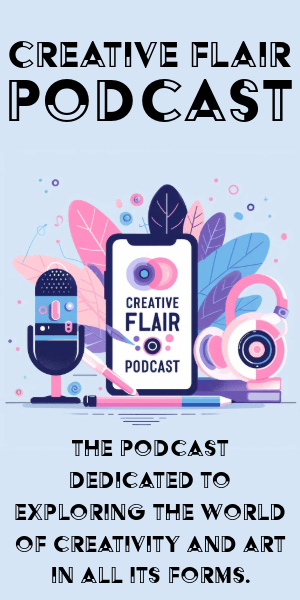Digital Art Software
Adobe Photoshop dominates the digital art world with its extensive toolkit and integration with other Adobe apps. It's popular among professionals but comes with a subscription cost. Corel Painter offers a one-time investment, mimicking traditional painting techniques in digital form. It's great for fine artists transitioning to digital media but can be challenging to learn.
For free options, Gimp provides flexibility across platforms with advanced editing capabilities similar to Photoshop. Krita, focused on digital painting and illustration, offers an intuitive interface and powerful brush engines. It's less suitable for photo editing but excels in creating detailed backgrounds and comic panels.
Each software caters to different needs:
- Photoshop and Corel Painter for professionals
- Gimp and Krita for hobbyists and budget-conscious artists
The digital landscape offers rich choices for artists to explore their creativity.

Hardware for Digital Art
Digital tablets have transformed the artistic process. The iPad Pro with Apple Pencil offers portability and intuitive design, making it popular for artists on the go. Wacom tablets, known for precision, are favored in studio settings. The Cintiq models provide vivid color accuracy and responsive pen technology, while the Intuos line offers a more budget-friendly option.
The Surface Pro, functioning as both laptop and drawing tablet, presents a versatile option for artists seeking a single-device solution. Its pen performs well with programs like Adobe Photoshop, though it may not match Wacom's reputation.
Quality hardware is crucial in digital art. The right device can elevate work from sketch to masterpiece. Whether you prefer the portability of an iPad Pro or the structured elegance of a Wacom Cintiq, each tool opens new avenues for digital creation.
Integration of Technology in Digital Art
Technology is expanding the boundaries of digital art. Artificial intelligence now offers artists new collaborative possibilities, blending human creativity with machine learning. Digital fabrication tools like 3D printers allow artists to bring digital designs into the physical world.
Virtual and augmented reality technologies are creating immersive art experiences, allowing audiences to interact with artwork in novel ways. Imagine walking through a painted landscape, each brushstroke altering with your movement.
"The more technology advances, the more tools artists have to explore, create, and express their artistic concepts," said Assistant Professor of Instruction, Digital Art + Technology Basil Masri Zada.
Educational programs are evolving to reflect this technological integration. Ohio University's Digital Art + Technology concentration, for example, combines creative vision with cutting-edge innovation. Students learn both artistry and technology, preparing them to explore new creative territories.
As artists harness these tools, they transform challenges into opportunities, creating works that reflect our interconnected world. The future of digital art lies in meaningful integration of technology to expand the palette of human expression.
In digital creativity, choosing the right tools shapes an artist's journey. From software balancing cost and capability to hardware enhancing expression, each choice influences artistic growth. As technology and art continue to merge, artists find new ways to express their vision and connect with audiences.
- Masri Zada B. Ohio University Digital Art + Technology Program. Ohio University School of Art + Design.


























